Anchor Points
Our process doesn’t stop at installation. Our team is here to offer repairs, inspections and pull testing on your anchor point system (done through our sister company, Liftsafe Engineering and Service Group) to ensure it remains safety compliant. All inspections and reports can be accessed through our Liftsafe Customer Portal.
Anchor Point Products
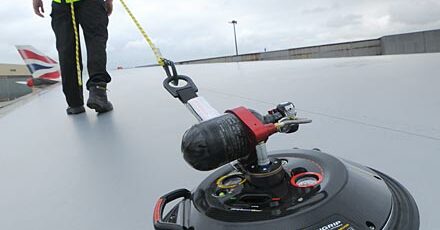
Vacuum Single Point Anchors
- Ideal for aircraft maintenance
- Versatile
- Cost-effective
- Can be used alone or paired to create a temporary horizontal lifeline
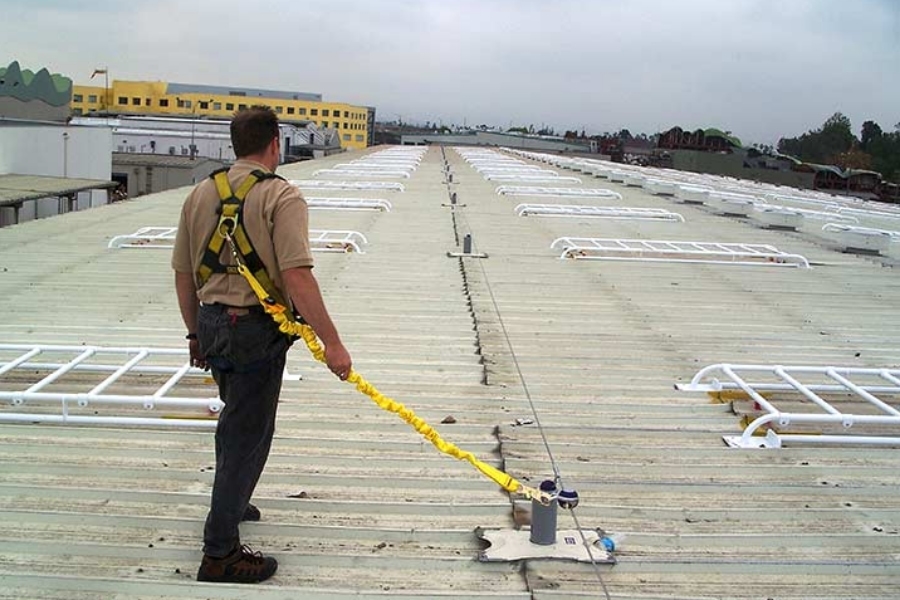
Fixed
- Permanent anchors designed according to a specific load and design parameters.
- They are permanently installed for fall protection. (e.g., roof anchors on high-rise buildings).
Anchor Point Services
- A review of the design drawings to ensure compliance with current regulations standards and engineering standards.
- An inspection of the system to ensure compliance with the engineered drawings.
- An inspection of all exposed, visible and accessible components of the system for signs of deformity.
12.07 (1) Subject to subsection (2), an employer must provide or put in place a fall-protection system if work is to be performed
- (a) from a structure or on a vehicle at a height of 3 m or more;
- (b) from a ladder at a height of 3 m or more if, because of the nature of the work, the person performing it is unable to use at least one hand to hold onto the ladder; or
- (c) at a height of less than 3 m if the surface onto which the person might fall would present a greater risk of injury than a solid, flat surface.
Your Perfect Solution Awaits!

National Standards of Canada
- CAN/CSA-Z91-02 (Health and Safety Code for Suspended Equipment Operations).
- CAN/CSA- Z259.13-04 (Flexible Horizontal Lifeline Systems).
- CAN/CSA-Z271-98 (Safety Code for Suspended Elevating Platforms).
- CAN/CSA-Z259.10-M90 (Full Body Harness).
- CAN/CSA-Z259.1-95 (Safety Belts and Lanyards).

TYPES OF FALL PROTECTION
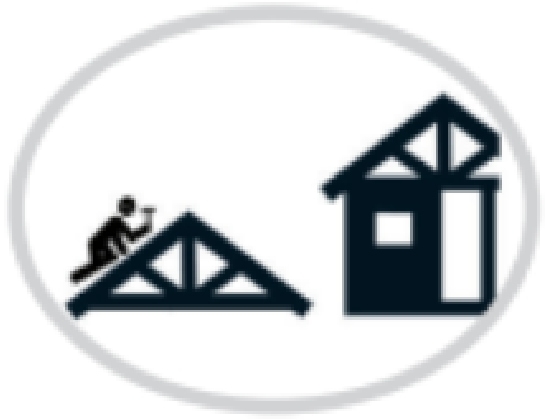
Hazard Elimination
Changing the work process so the hazard no longer exists (e.g., building a roof on the ground and hoisting it into place)
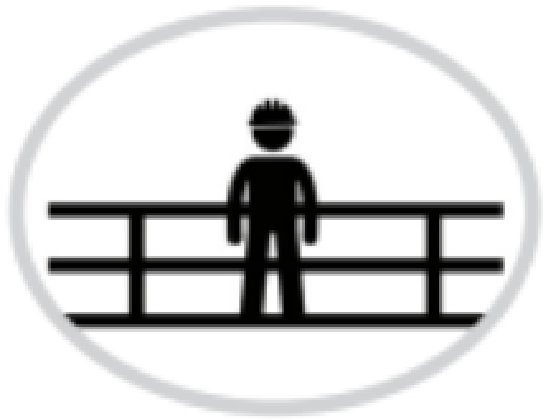
Guardrails, Protective Covers, and Warning Barriers
Prevents a fall from unprotected edges or openings at heights.
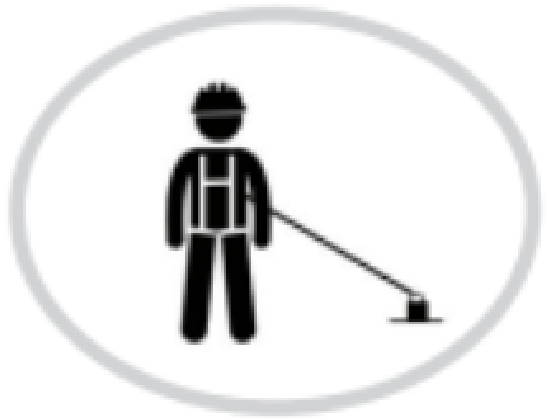
Travel Restraint System
Allows a worker to reach the edge of a fall hazard but not fall over it.
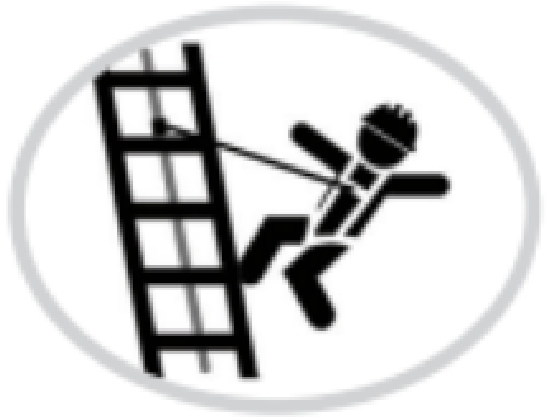
Fall Restricting System
Designed to limit a fall distance to 0.6 m (2 ft).
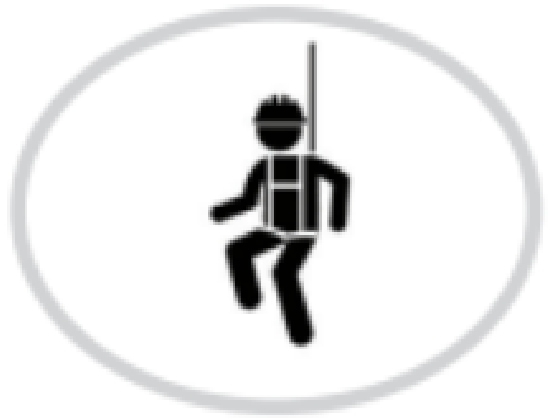
Fall Arrest System
Designed to stop the fall of a worker before they hit the ground or objects below.
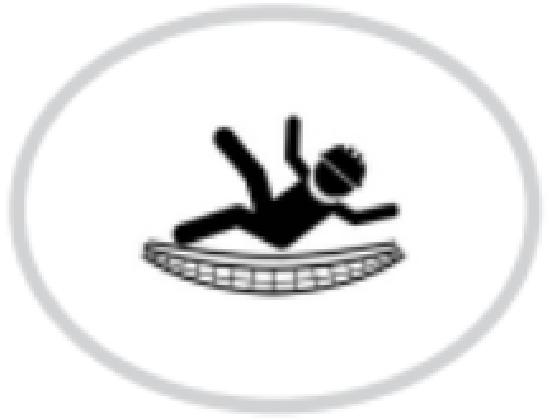
Safety Net
Designed to catch a falling worker before they hit the ground or objects below.
Passive Vs Active Fall Protection
When a hazard assessment is completed, and a need for fall protection is established, there are two general types of systems that can solve the need and keep the workers safe, passive or active fall protection.
Passive Fall Protection
Active Fall Protection
Fall Protection Guide
Check to see what federal & provincial regulations for working at heights and fall protection are and which RoofGuard systems help you comply.
Customer Service
Resources
Learn from the experts about safety topics related to working at heights, warehouse safety and ladder safety. Browse our resource library.
